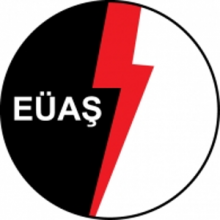Quantifying the social potential of community-based energy cooperatives to contribute to EU-28 climate and renewable energy targets
European citizens have a clear interest in actively participating in collective investments in renewable energy sources (RES) installations, when provided with the proper financial support and right regulatory conditions.
On average, the preferred contribution across the EU-28 is via financial participation in community-administered wind farm installations.
"Social potential" is defined as the aggregated volume of individual investments that we estimate could be provided by European citizens to wind cooperatives if reasonable investments were made available across Europe. At the EU-28 level, this social potential is €176 billion that could go into financing community-based forms of wind energy. These results are obtained under current market conditions, and do not incorporate national subsidies or other support mechanisms for renewable energy. If current national RES subsidies are input into our calculations, the EU's social potential would increase by 27%, reaching €224 billion.
Interpreting results: The estimated cumulative investment needed to reach the EU's 2030 RES target (32% share) is €374 billion between 2019-2030 (Williams et al., 2018). This translates into an annual investment requirement of least €34 billion over 11 years. The social potential of €176 billion that European citizens could contribute through collective investment schemes in community wind energy responds directly to this need. When evenly distributed throughout an 11-year timespan, they result in an annual investment of €16 billion; enough to halve the investment requirements foreseen to achieve a 32% RES share by 2030.
















